Introduction of the recommended parameters of Panamanian Pokuit Honey in the treatment of Rosa Coffee
Professional coffee knowledge exchange more coffee bean information please follow the coffee workshop (Wechat official account cafe_style)
Rose summer treated with honey
Country: Panama
Producing area: Pokuit
Treatment: honey treatment
Altitude: 1600-1650 m
Variety: rose summer seed
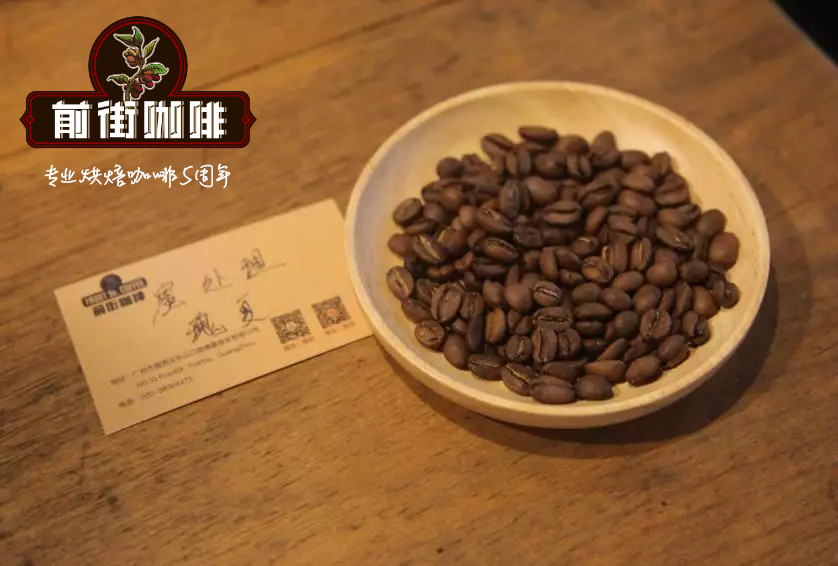
Panamanian Pocket
By Front Street Coffee
Panama is a Central American country bordered by Costa Rica to the west and Colombia to the east. Anyone who knows anything about individual coffee should know that Panamanian coffee is famous in the coffee world as the geisha Geisha (the name of Rosa) in the Emerald Manor. It can be said that it is a country that strives for excellence in coffee and is rich in high-quality coffee.

Poquet Boquete is a town of Chiriqui in Chiriki province, located near the border between Panama and Costa Rica, near the famous Baru Baru volcano, the scenery is beautiful, the soil is fertile and the climate and soil are suitable for producing quality coffee.

There are many excellent estates in the Pokuit producing area, except the famous Emerald Manor, Arida Manor, Catova Duncan Manor and so on, all of which produce high-quality boutique coffee. This is not only due to the superior ecological conditions of the Pokuit region of Panama and the fertile volcanic ash soil of the Baru volcanic land.
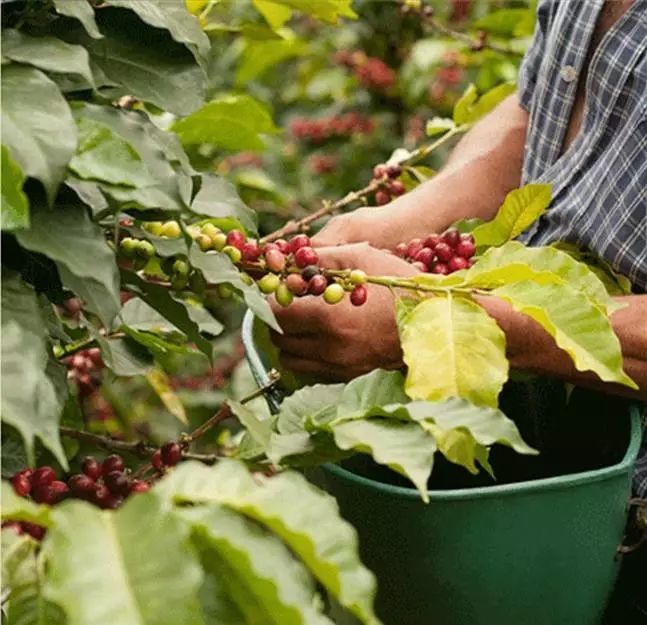
Another important factor is that the microclimate in the Poquet highlands of Panama is a unique and important resource for fine coffee in the Poquet region; this is the environment of Panama from east to west, which allows cold air currents to converge above 6500 feet through the Central Mountain Range, thus creating a variety of microclimates in the Poquet region, making its temperature and rainfall very suitable for plant growth, so that coffee trees grown here are in very good condition.
approach
by Front Street Coffee
This bean is honeyed.
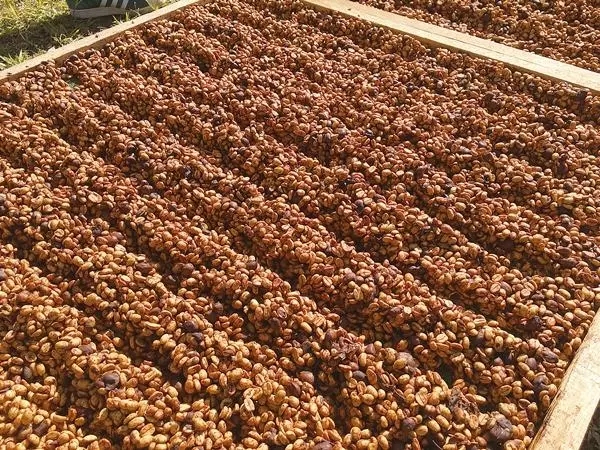
Honey treatment is a process of sun-drying raw beans with a mucous membrane. After the outer pulp is removed from the coffee beans, there will be a thick gelatinous layer. In the traditional washing method, it will be washed away with clean water, but because of the water resource limitation of some high-altitude producing areas, this method of drying directly with pectin was born.
green bean analysis
by Front Street Coffee
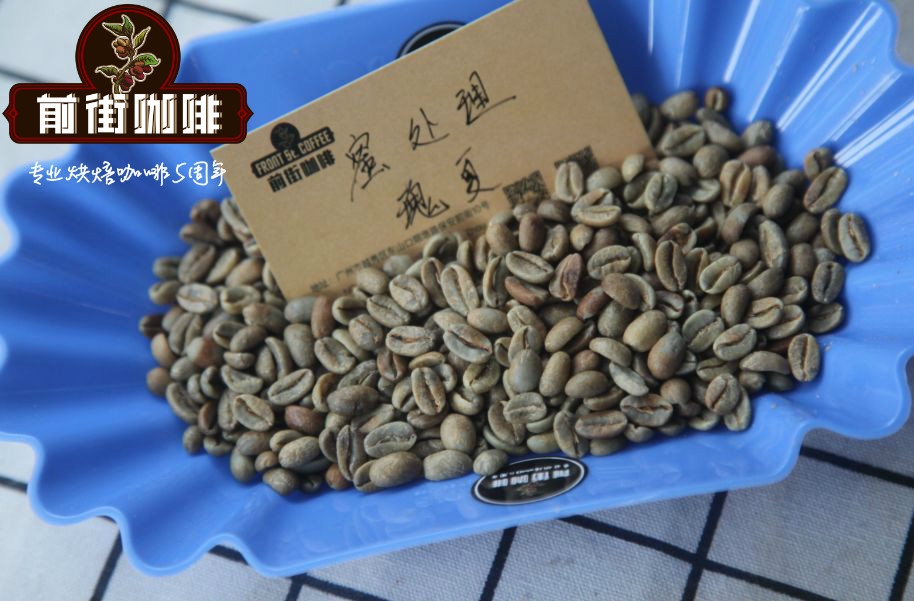
The variety of this bean is the rose summer variety. Raw beans look like typical honey-treated coffee beans, yellowish green; they smell like apples.
Rosa coffee is the original species of Arabica, particularly picky about the growing environment, requiring high altitude, cloud shade, fertile soil and enough accumulated temperature.

1931: a team of botanists visited southwestern Ethiopia and discovered rose beans near the village of Geisha. They brought Geisha seeds to Kenya and planted them in nurseries.
1936: Geisha seeds spread to Uganda and Tanzania.
1953: CATIE, a Costa Rican research institute, obtains some Geisha seeds from Tanzania for research.
1960: Pachi Serracin, the old owner of Don Patch Manor in Panama, brings Rose Summer to Panama from Costa Rica.
Later, the Emerald Manor in Panama separated it from other varieties and won the national coffee competition.
Baking analysis
By Front Street Coffee
Qianjie coffee tried to bake three curves, although they are all shallow roasting, but the development time and temperature are not the same.
[curve one]
The temperature of the soy bean is 170℃, the yellow point is 5pm, the temperature is 30mm, the temperature is 181℃, the temperature is 193℃.


Agtron bean color value is 78.2 (left), Agtron pink value is 86.4 (right), Roast Delta value is 8.2.
[curve two]
The temperature of the soy bean is 170℃, the yellow point is 5 times 39th 25 ", the first explosion starts at 8pm 39th 52", the temperature is 181.3 ℃, the temperature of one burst development is 181.3 ℃, and the temperature is 193.2 ℃.
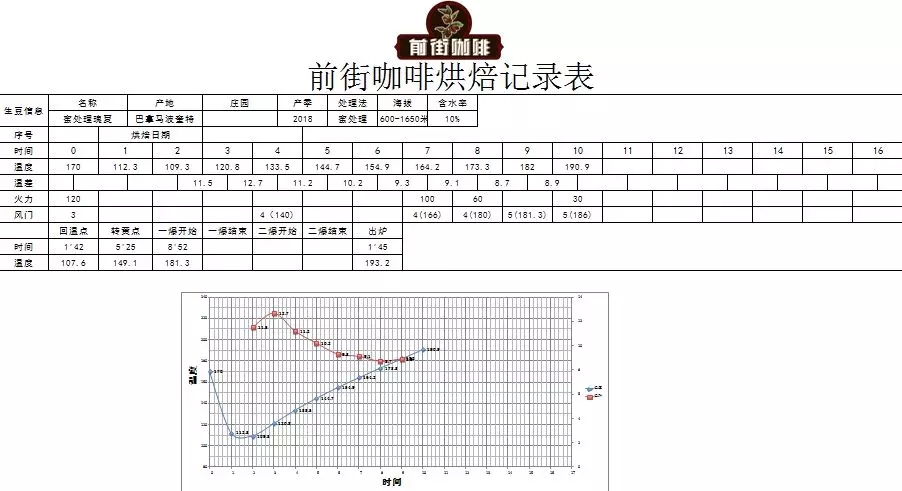

Agtron bean color value is 76.5 (left), Agtron pink value is 86 (right), Roast Delta value is 9.5.
[curve 3]
The temperature of the soy bean is 170℃, the yellow point is 5pm 39th 25 ", the first explosion begins at 8pm 39th 37", the temperature is 182.5 ℃, the temperature of one explosion development is 1mm 39th 28 ", the temperature is 190.5 ℃.


Agtron bean color value is 82.6 (left), Agtron pink value is 90.3 (right), Roast Delta value is 7.7.
Cup test comparison
By Front Street Coffee
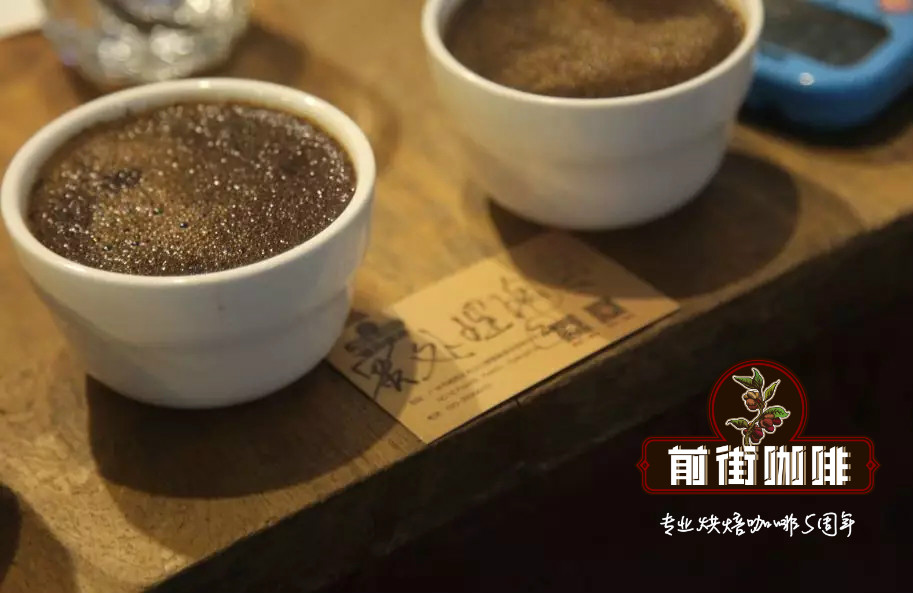
[curve 1] when sipping, it has the flavor of plum, lime, citrus and cream, green tea and fermented flavor.
[curve 2] when sipping, there are sour notes of sweet oranges, plums, oranges, tropical fruits, cream and a hint of fermented and floral aromas.
[curve 3] when sipping, there are lemon, plum, sweet orange, cream flavor, jasmine and fermentation aroma, with oolong tea feeling at the end.
After the cup test, Qianjie coffee felt that the flavor of [curve one] was not concentrated enough, and the flavor level was relatively thin, while both [curve two] and [curve three] performed very well in terms of sweet and sour tastes. So we decided to make a pot of [curve two] and [curve three] by hand to see how the two curves performed in the way of hand brewing.
Hand contrast
By Front Street Coffee

Parameters: water temperature: 90 ℃; medium and fine grinding: VARIO 50 (Chinese standard 20 sieve pass rate 57%); filter cup: Hario V60; powder-water ratio: 1:15.
Technique: segmented extraction. Steam for 30 seconds with 35 grams of water, cut off the water when injecting water to 130 grams, continue to inject water to 230 grams when the water level is about to be exposed to the powder bed, remove the filter cup when the water level is about to expose the powder bed, and the extraction time is two minutes.

[Curve 2] The entrance has sour tones of lime, plum and pineapple, nutty flavors emerge in the middle, cocoa and nut flavors in the tail, caramel and ginger aftertaste.
[Curve 3] It smells of fermentation and flower fragrance. It has citrus and lemon acidity at the entrance, creamy sweetness in the middle, green tea at the end, sucrose and honey.

After cup test and hand-made comparison, Qianjie Coffee feels that [Curve 3] is slightly better in aroma and sweet and sour feeling, so it is chosen to express the characteristics of this honey in dealing with rosy summer.
END
Important Notice :
前街咖啡 FrontStreet Coffee has moved to new addredd:
FrontStreet Coffee Address: 315,Donghua East Road,GuangZhou
Tel:020 38364473
- Prev
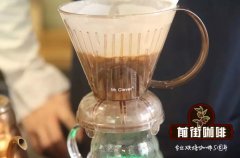
Diversa Manor Tibiza, Costa Rica, what is the all-new honey wine aroma treatment?
For more information on coffee beans, please follow the coffee workshop (Wechat official account cafe_style). It is located in La Amista National Park, which straddles Costa Rica and Panama. With the rarest varieties and processing methods in the world, an experimental batch may be the star of the coffee industry in the future. Coffea Div of Tevesa Manor
- Next
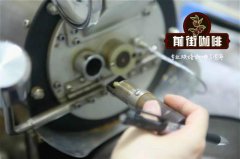
Colombian pink bourbon Colombian coffee bourbon
Professional coffee knowledge exchange more coffee bean information please follow the coffee workshop (Wechat official account cafe_style) pink bourbon, because it is too rare, so it used to be unknown. Pink bourbon is a hybrid of yellow bourbon and red bourbon, with strong disease resistance and delicious taste, but it is not easy to maintain a stable yield and the yield is very low. Another challenge is harvesting, mining by workers.
Related
- Does Rose Summer choose Blue, Green or Red? Detailed explanation of Rose Summer Coffee plots and Classification in Panamanian Jade Manor
- What is the difference between the origin, producing area, processing plant, cooperative and manor of coffee beans?
- How fine does the espresso powder fit? how to grind the espresso?
- Sca coffee roasting degree color card coffee roasting degree 8 roasting color values what do you mean?
- The practice of lattes: how to make lattes at home
- Introduction to Indonesian Fine Coffee beans-- Java Coffee producing area of Indonesian Arabica Coffee
- How much will the flavor of light and medium roasted rose summer be expressed? What baking level is rose summer suitable for?
- Introduction to the characteristics of washing, sun-drying or wet-planing coffee commonly used in Mantenin, Indonesia
- Price characteristics of Arabica Coffee Bean Starbucks introduction to Manning Coffee Bean Taste producing area Variety Manor
- What is the authentic Yega flavor? What are the flavor characteristics of the really excellent Yejasuffi coffee beans?

